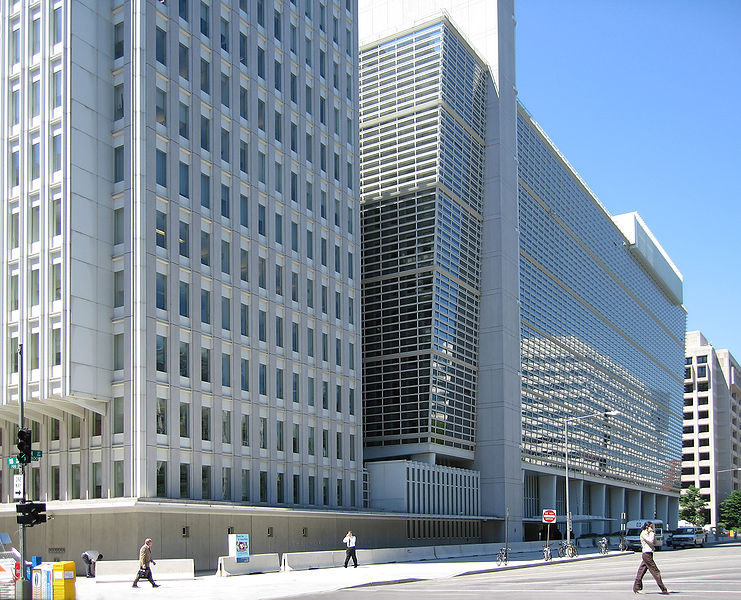The World Bank has approved additional $137m financing for the Dam Rehabilitation and Improvement Project (DRIP) to rehabilitate and modernize selected large dams in the Indian states of Karnataka, Kerala, Madhya Pradesh, Odisha, Tamil Nadu and Uttarakhand.

Image: The World Bank Group headquarters building in Washington, D.C. Photo courtesy of Shiny Things/Wikipedia.org.
In 2010, the Bank has approved $350m for financing the Dam Rehabilitation and Improvement Project to improve the safety and sustainable performance of over 220 selected dams in India.
The World Bank said that the ongoing project has benefitted more than 25 million primary beneficiaries from urban and rural communities by providing water and livelihood opportunities.
The present additional funding of $137m is expected to be used for construction of an additional spillway for Hirakud Dam in Indian state of Odisha.
Along with this, the project helps rehabilitation and improvement of other dams including strengthening the institutional, legal and technical framework for dam safety assurance within the Government of India and in the participating states.
World Bank India-Director Junaid Ahmad said: “Infrastructure management often falls prey to a costly ‘build-decay-rebuild’ cycle. Breaking this pattern by ensuring that dams are well managed, properly maintained and efficiently operated is essential. This will ensure the welfare and safety of communities and sustain economic growth. DRIP is delivering these important objectives.”
India has more than 5200 large dams and another 400 under construction, having a total storage capacity of more than 300billion cubic meters.
Rainfall in India occurs in intense and unpredictable downpours within short monsoon seasons, which is of high temporal and spatial variability and does not meet year-round irrigation and other water demands. These conditions make storage of water essential for India.
So far, the World Bank has invested $280m in the Dam Rehabilitation and Improvement Project.
DRIP project task team leaders Chabungbam Rajagopal Singh and Arun Kumar Kolsur said: “In addition to the 25 million primary beneficiaries from both urban and rural communities who are directly dependent on the project for their water supply and livelihood, the project will benefit downstream communities at risk due to flooding.”
The World Bank said that $137m loan from the International Bank for Reconstruction and Development (IBRD) has a 3-year grace period, and a final maturity of 16 years.
